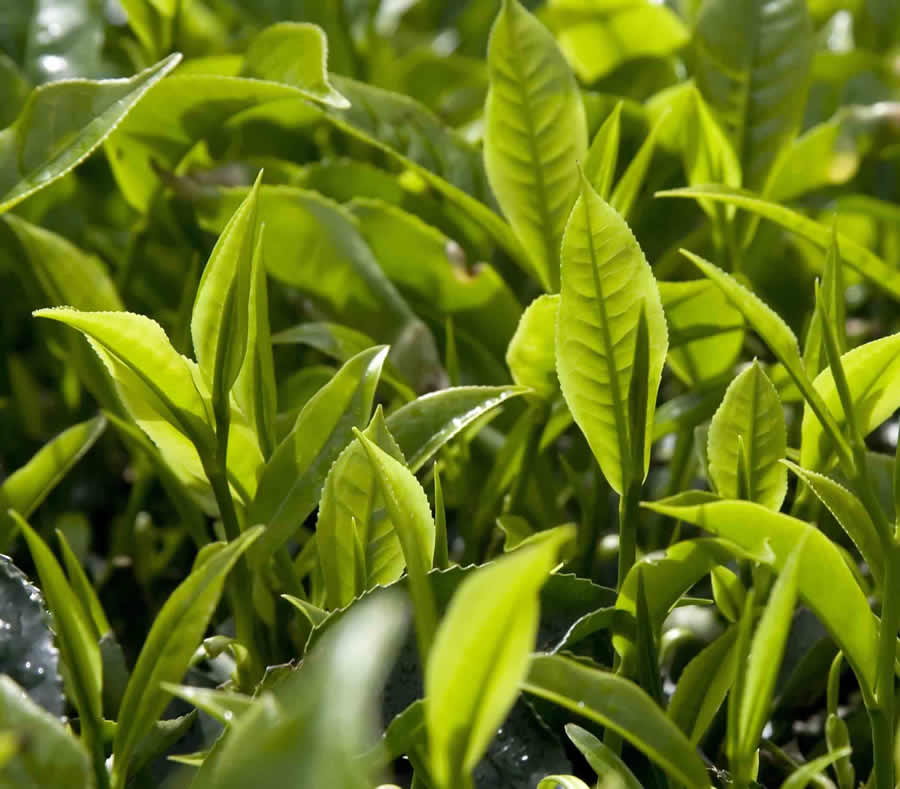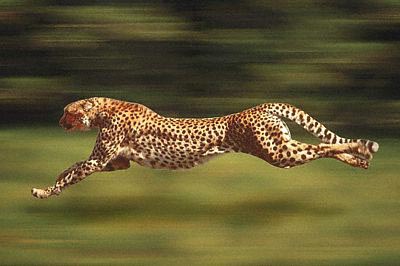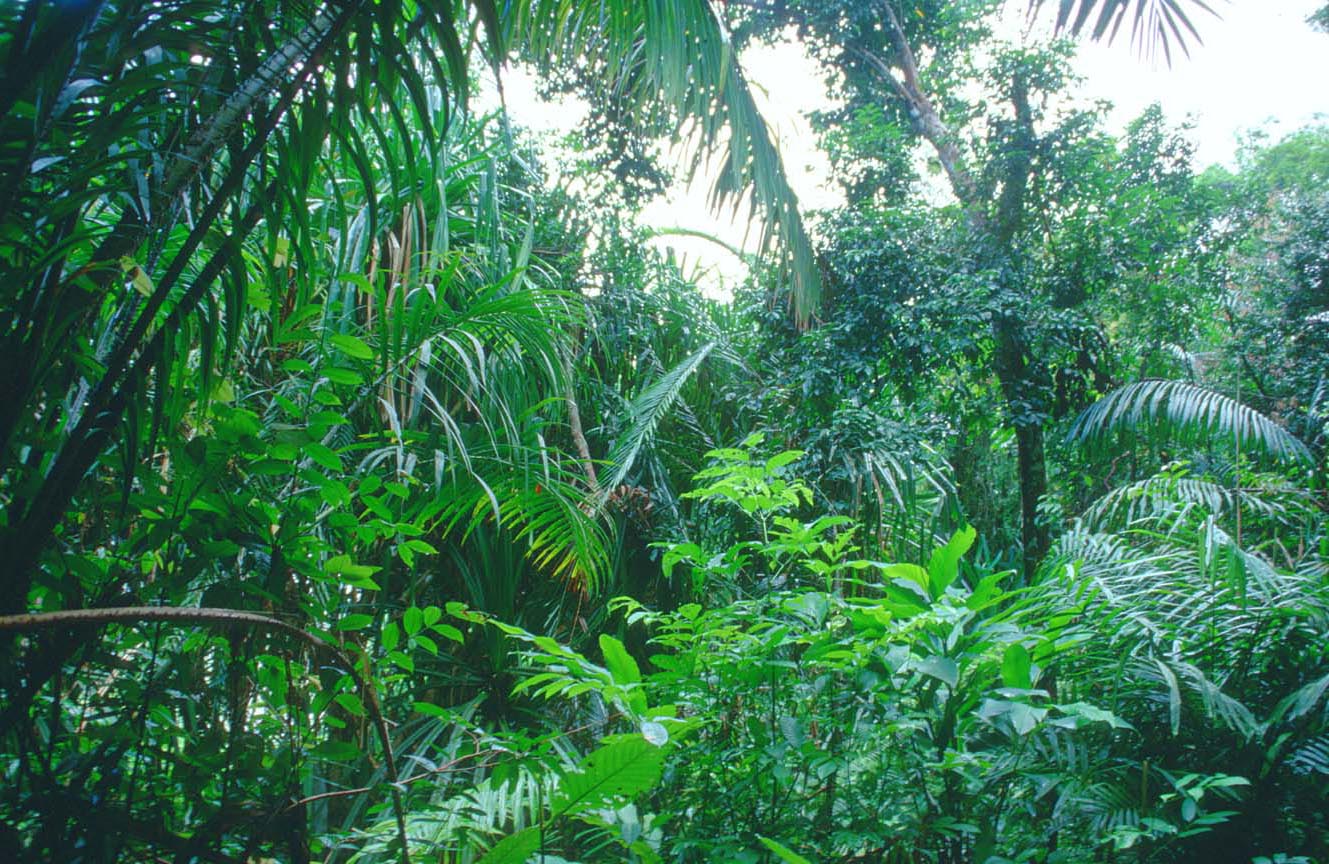 ONE BIOSPHERE
ONE BIOSPHERE 
| |
|
|||


ENVIRONMENTAL FORUM
OUR STORY
One
Biosphere is an alliance of people and organizations who are united to
preserve the quality of our global environment through our forum and
publications, education, advocacy, research and communications among
our members and partners.
Ecosystems and Biodiversity
There is a wide variety of ecosystems in terms of size and composition. These range from a small community of microbes in a droplet of water to the Amazon rain forest. The continued existence of humans and millions of plant and animal species is intertwined with the health of our ecosystems. Our land and water ecosystems are under strain and attack and they are being altered by humans at an unparalleled rate with minimal appreciation of the implications in terms of their ability to function and to survive in the future.
For over one half of the world's land biomes, 20 to 50% of their surface areas have been converted to cultivated land. Tropical forests have undergone the most rapid conversion in the past half century followed by temperate grasslands, flooded grasslands and savannahs. Roughly 50% of inland water habitats have been transformed for human use during the past 100 years. The majority of the world's main rivers have been dammed and diverted, thereby reducing biodiversity due to flooding of habitats, disruption of river flows, isolation of animal inhabitants and blocking of migration routes. River systems have been pressured by water withdrawals, leaving major rivers almost dry. Among aquatic ecosystems, coral reefs and oceanic submerged mountains are threatened ecosystems.
Fragmentation of ecosystems is increasingly impacting species, particularly migratory species that require a contiguous network of sites for their migrations, species that rely on specific micro-habitats and those requiring multiple habitats during different life cycle stages.
Pressures on Biodiversity
Population growth and consumption patterns, which lead to increased demand for ecosystem services and energy, are the most important influences impacting biodiversity. These factors result in direct ecosystem impact, particularly on species and genetic resources. Human activities change the living and non-living objects of ecosystems and these pressures have increased significantly in recent decades.
Catalysts and stresses interact cooperatively. Their impact on biodiversity vary by region. Catalysts and pressures act on wide-ranging time and location scales. For example, sediments from deforestation in the headwaters of the Amazon River in South America have impacts in the Atlantic Ocean, changing the nutrient availability of the ocean.
The factors creating loss of biodiversity are connected to the increasing demand for worldwide energy. The developed nations have high levels of per capita energy use and large emerging economies have energy growth potential. Energy demands affect biodiversity from two different perspectives, the production and distribution of energy and the uses of energy. For instance, biofuel plantations, fossil fuel exploration, pipeline construction, uranium and coal mining, hydroelectric dam construction and wood fuel harvesting typically cause biodiversity loss on land and in the ocean.
Biodiversity over the next few decades will depend on human activities, land use changes and energy production. These activities will be affected by our improved knowledge of ecosystem services, development of energy alternatives to fossil fuels and the importance placed on the environment and conservation throughout the globe. It appears that extinctions may continue at high rates, thereby causing up to 5 percent of worldwide bird species and similar proportions of amphibians and fish may follow the extinction path in 20-50 years.
Tropical Rivers and Rainforests

Nutrients from the Amazon River spread well beyond the continental shelf and pull carbon capture into the deep ocean. Several other great tropical rivers of the world, such as the Mekong, Congo and Orinoco also contribute to carbon capture. Organisms known as diazotrophs remove nitrogen and carbon from the atmosphere and utilize them to make organic solids that sink to the ocean floor.
Tropical rainforests are the ecosystems most likely to be degraded by human activity due to habitat conversion for agriculture such as biofuel plantations. Degradation will continue in the species-rich forests in the Amazon and Congo basins. Marine and coastal ecosystems will be despoiled by fishing, the aging process caused by terrestrial activities and coastal conversion for aquaculture. Species such as apex predator animals will suffer substantial declines and likely extinctions.
Biodiversity trends over the next few decades are inevitable, but we can reduce their magnitude by integrating biodiversity considerations into international and national policies, increasing collective responsibility actions and conservation actions. As governments, the private sector, scientific groups and private citizens take aggressive, protective actions, we may work towards achieving the Millennium Development Goals.

CONTACT US:

![]() Our Email: one@onebiosphere.com
Our Email: one@onebiosphere.com